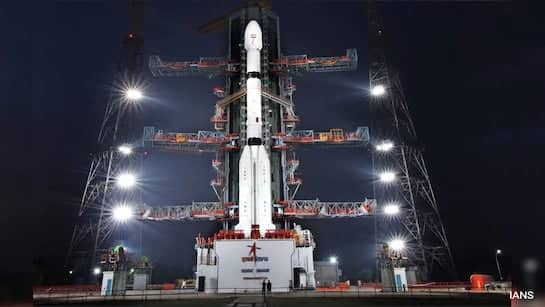The Indian Space Research Organisation (ISRO) is set to mark milestone with its 100th launch. Scheduled for January 29, 2025, the GSLV-F15 mission will deploy the NVS-02 satellite from the Satish Dhawan Space Centre. This mission enhances India’s Navigation with Indian Constellation (NavIC), an independent regional navigation satellite system.
NavIC Overview
Significance of GSLV-F15
NVS-02 Satellite Features
Advancements in Navigation Technology
The NVS series incorporates L1 band signals. This is as it aligns with frequencies used by the US Global Positioning System (GPS). Such compatibility is expected to enhance the use of NavIC in smaller devices like fitness trackers.
Challenges and Improvements
The initial IRNSS satellites faced issues, including malfunctioning atomic clocks. These challenges necessitated replacements before the end of their operational life. The new generation of satellites aims to address these issues. They are designed for a longer lifespan of 12 years.
Recent Developments in Navigation Services
Despite criticisms regarding underutilisation of NavIC services, recent advancements have been made. The development of user receivers has progressed since 2017. New mobile devices are now capable of receiving NavIC signals, expanding its practical applications.
Future of Indian Navigation
The NVS series will consist of five satellites. Each satellite aims to enhance the accuracy and reliability of NavIC services. The successful launch of NVS-02 will pave the way for further advancements in India’s navigation capabilities.

Leave a Reply